Which is better for blood sugar, apples or papaya?
Nutritionist Sugar is here to answer your questions. Papaya is more friendly to blood sugar, papaya's sugar content is 7.2%, glycemic index is only 25, while the apple's sugar content is 12.3%, glycemic index is 36, so a comparison, the high and low immediately see. But the dietary fiber content of apples is higher than that of papayas, so the laxative effect is better. If the amount of food is not large, such as controlling within 200 grams, whether eating apples or papaya, the impact on blood sugar will not have a significant difference.
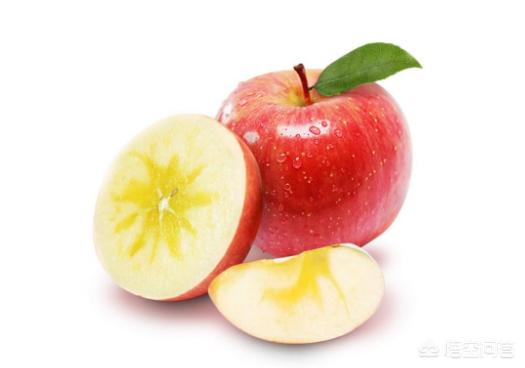
People do not expect to eat fruit can lower blood sugar, fruit contains a certain amount of sugar, are going to raise blood sugar. However, the sugar-raising rate of fruits is not fast, and diabetics can eat fruits in moderation under the premise of blood sugar control. Vitamins, organic acids, minerals, antioxidants and other components of the fruit, for diabetics to control blood pressure, blood lipids, prevention of cardiovascular disease are helpful.
But there are so many fruits on the market, which ones are suitable for diabetics and which ones are not? You may want to take a look at a complete list of fruit GI values like the one below.
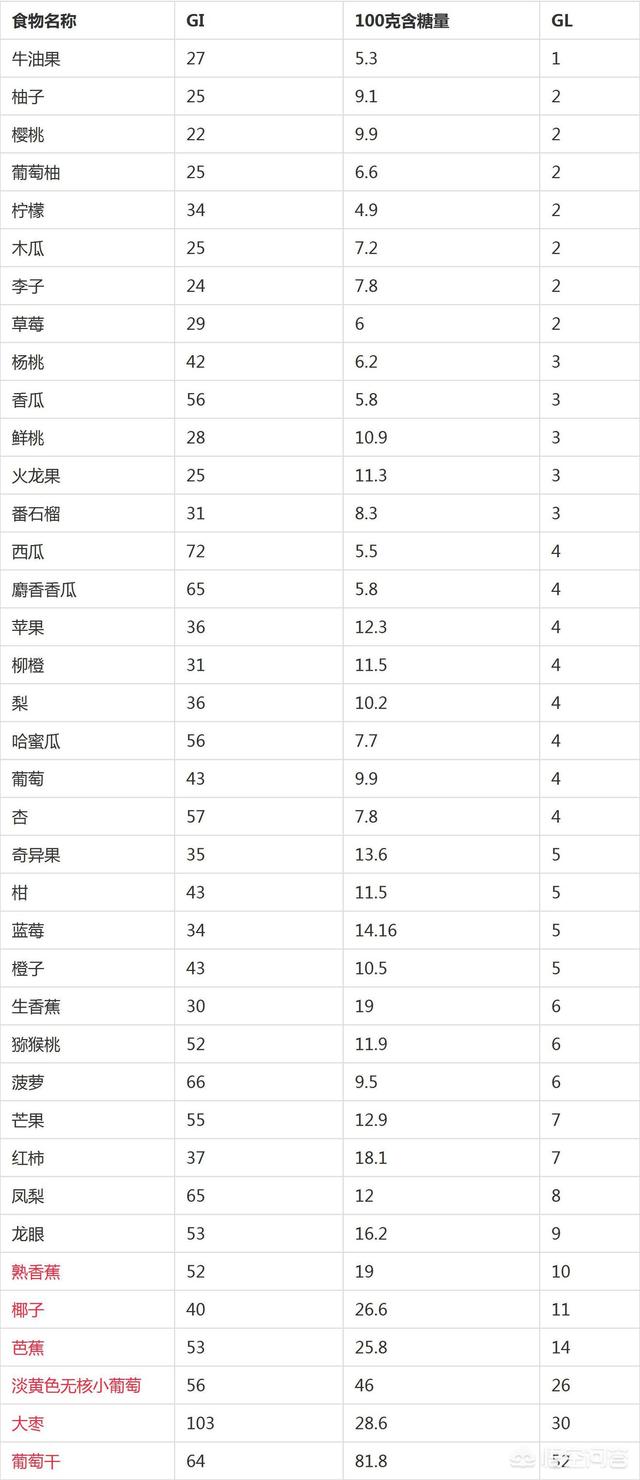
We can tell from the table that the GI is at 40,GL values (glycemic load) were at 4Fruits within the GL value of 5 are more suitable for diabetics to eat, diabetics as long as moderate consumption, the impact on blood sugar will not be very large. Those that have a greater impact on blood sugar are mainly dates, bananas, durian, longan and some dried fruits.
In general, diabetics can consume about 200 grams of fruit per day, preferably divided into two portions of 100 grams each, and placed in the morning or afternoon with additional meals, which is more conducive to the stabilization of blood sugar.
Think Sugar's answer is helpful just click a like, more diabetes encyclopedia knowledge welcome to follow us!
Lo and behold, after eating 100 grams of apples and papayas, that's all the blood sugar response you need to wake up with a smile on your face, sugar lovers!
100 grams of food with a glycemic load greater than 10 is considered moderate.
What if you eat more of it, there are corresponding experiments - not too rigorous, but very enlightening.
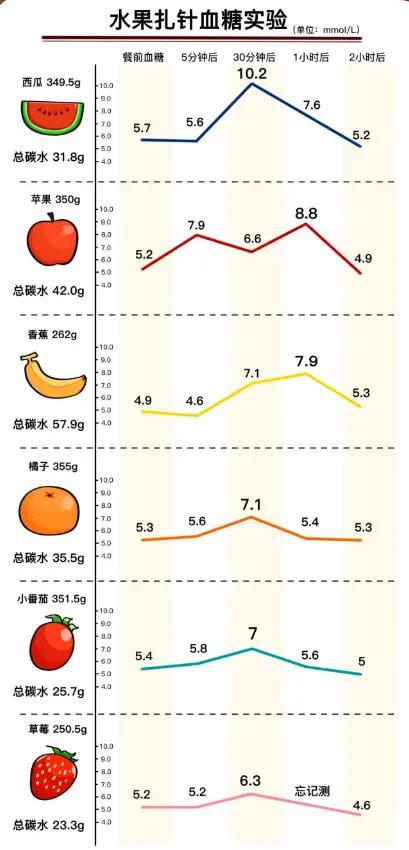
Eat 350 grams of apples and your blood sugar rises up to a level of 8.8.
A medium-sized apple, on the other hand, has an edible portion of only 200 or so grams.
Apple, the fruit of the apple plant of the Rosaceae family.
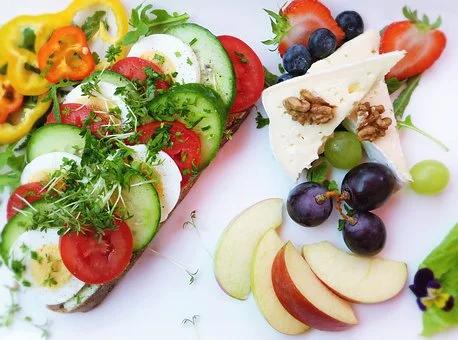
We are the largest producer and consumer of apples in the world. It is again the most approachable fruit, bar none.
Scanning the nutrient content of the apple, there are few bright spots: 1.2 grams of insoluble dietary fiber, 4 milligrams of vitamin C, 4 milligrams of calcium, 0.6 milligrams of iron, and the only thing that's a little bit more is 119 milligrams of potassium (on a per-hundred gram basis).
This nutritional content, originally not enough to make it take the "fruit of the brother" reputation!
But the apple planting area, high yield, storage, crisp, sweet and sour flavor moderate, is the fruit of the "all-around good hand".
Apples are rich in potassium, which can effectively lower blood pressure; it contains highly effective antioxidants "flavonoids", which can protect nerve cells from oxidative stress, and can reduce the risk of cognitive impairment.
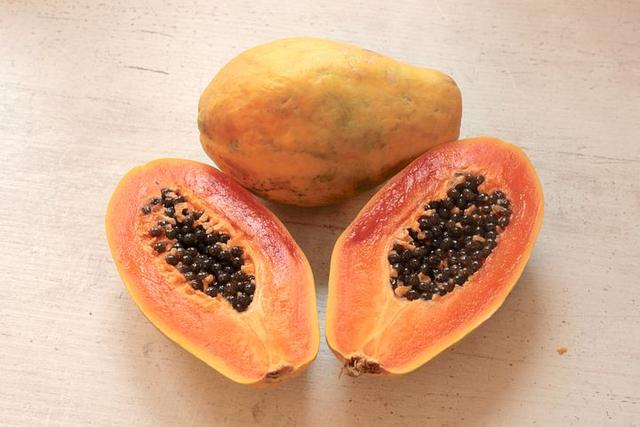
Fruit for food papaya, the original name is called "papaya", the earliest from Mexico, the 17th century before the introduction of China, is the fruit of the papaya family papaya tree.
It is rumored that eating it can "enlarge breasts", which is hilarious.
Compared with apples, 100 grams of papaya has as much as 897 micrograms of carotenoids, which is rare and hard to come by! Vitamin C is more than 10 times that of apples; it is lower in calories and has fewer carbohydrates; it has a higher glycemic index, than apples; and a lower glycemic load, again, than apples.
Papaya flavonoid extract, which can effectively scavenge free radicals, has a significant inhibitory effect on the elevation of lipid peroxides in the heart, liver, kidney, and serum.
Its papain and papaya enzymes, which help the body digest proteins and fats, help reduce the burden on the stomach and intestines.
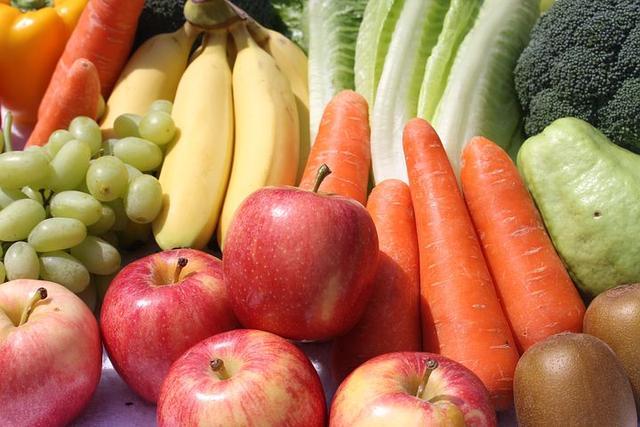
Ordinary fruits, for diabetics, are suitable to be eaten between meals, or after a meal, as a supplement to a reduced main meal. 50-100 grams at a time, no more than three times a day.
Fruit, an essential food group for a balanced diabetic diet, has been "demonized" too much!
Apples and papayas, both of which are good friends for people with high blood sugar!
Thanks for the invite.
Which one is good for your blood sugar depends on how much you eat! Fruits are not low in sugar content, if sugar lovers do not control the amount of food, then which is not good for blood sugar. In addition, there are many friends believe that "eating fruits can lower blood sugar", eating fruits can only be elevated blood sugar, fruits are relatively speaking a high sugar content of food, sugar content of about 7 ~ 24%, most of the fruits contain glucose, sucrose, fructose three kinds of sugar, in addition to fructose on the blood glucose impact is small, glucose and sucrose is the main components that affect blood sugar. Fruits will give people a low-fat and low heat, light and scrape oil, for the three high are very favorable illusion, in fact, fruits can not smooth blood sugar, blood lipids, on the contrary, if the intake of too much, too much sugar intake, in turn, will affect blood sugar, blood lipids (excessive glucose in the liver will also be converted to triglycerides; in addition, the intermediate metabolites of fructose is also triglycerides).
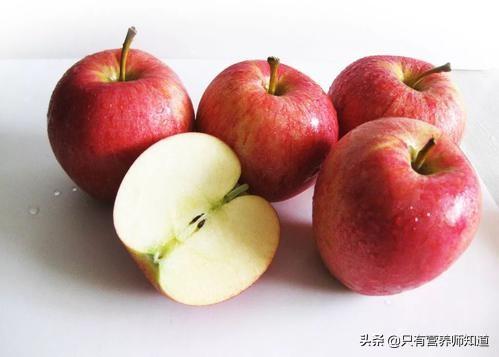
In short, eating fruit is unable to improve blood sugar, diabetes or high blood sugar friends must still should be through the reduction of refined sugar-rich food intake, light diet, appropriate exercise, reasonable medication or insulin injection to jointly regulate blood sugar. Sugar lovers are not unable to eat fruits, although the sugar content of fruits is not low, but fruits are basically rich in dietary fiber, water, rich in dietary fiber to help delay the speed of digestion of food, can slow down the time of sugar into the bloodstream, so as to assist in controlling the rate of increase in blood glucose, and in addition, the water in the fruits can reduce the "glycemic load (a measure of food intake and the relationship between the rise in blood glucose)", the water in the fruits can reduce the "glycemic load" (a measure of food intake and blood glucose). In addition, the water in fruits can reduce the "glycemic load (a measure of the relationship between food intake and blood glucose elevation)", that is to say, reduce the number of glycemic factors per unit volume, in short, if sugar lovers are willing to control the amount of fruits, it is perfectly fine. Recommended daily intake of 200-300g of fruits for sugar lovers, not more than 100-150g at a time; ordinary people should not be more than 400g/d, fruits are not more good food, is because of its high sugar content.
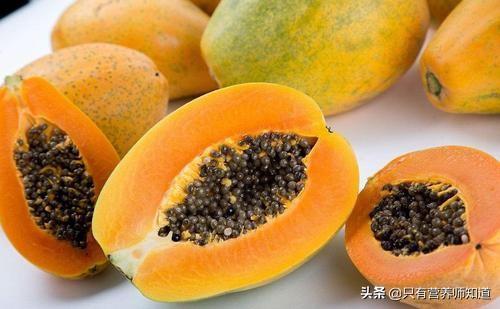
So which has less of an effect on blood sugar when ingested, eating an apple or eating a papaya?
We can use the glycemic index (GI value) to measure the ability of a food to raise the rate of blood glucose per unit of time. Generally speaking, foods higher than 55 are not suitable for sugar lovers and belong to the higher GI foods, while foods lower than 55 are more suitable for sugar lovers. Apples, depending on the type, have a GI value of about 32 to 38, which is a typical lower GI fruit; papayas, depending on the type/ripeness, have a GI value of about 30, which also belongs to lower GI fruits, both of which are suitable for sugar lovers to consume. However, from the point of view of the total sugar content, the sugar content of apples is about 11~12g/100g, while papaya is only 7~8g/100g, in general, in fact, papaya may be more favorable to blood sugar of that kind of fruit.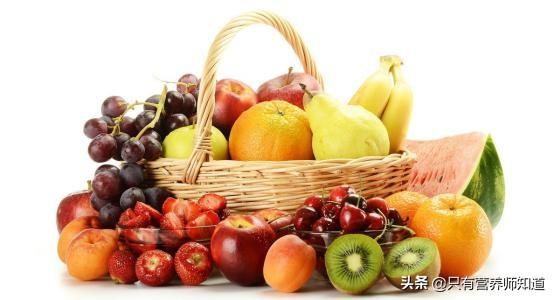
Some of you may ask, papaya is quite sweet, ah, why is the rate of increase in sugar is still slow, the total sugar content is still low?
In fact, the sweetness of the fruit and the total sugar content, glycemic index does not have a direct correlation, such as dragon fruit, it is basically eaten light and tasteless fruit, we can easily mistakenly think that dragon fruit glycemic rate is low, the total sugar content is also less, in fact, dragon fruit is because of glucose, sucrose-based fruits, fructose content is very low, so the taste of the taste of the unsweetened, but in fact, its rate of glycemic may be quite fast. The sweetness of fructose is 50 times that of glucose, but due to the different metabolic pathways, its glycemic effect is not obvious, also known as "healthy sugar", some fruits are high fructose fruits, such as papaya, so even if the total sugar content is not much, the glycemic index is not high, but it is also very sweet.
Thanks for the invite.
Many friends may think that fruits are helpful to lower sugar, in fact, fruits can be glycemic, fruits belong to a kind of sugar content is not low food, eat fruits on blood sugar are not friendly, sugar friends daily although you can eat fruits, but it is best to choose their own blood glucose is more stable time to eat, and to pay attention to control the amount of; for example, a day the best intake of no more than 300g (ordinary people do not more than 200 ~ 400g / d). More choose between two meals, a lot of exercise after the lower blood sugar time period to eat fruit, do not eat fruit in their own blood sugar control would have been disorganized period, do not eat fruit immediately after meals, after meals, the rate of rise in blood sugar would have been faster, this time to eat fruit can only make the blood sugar spike more serious.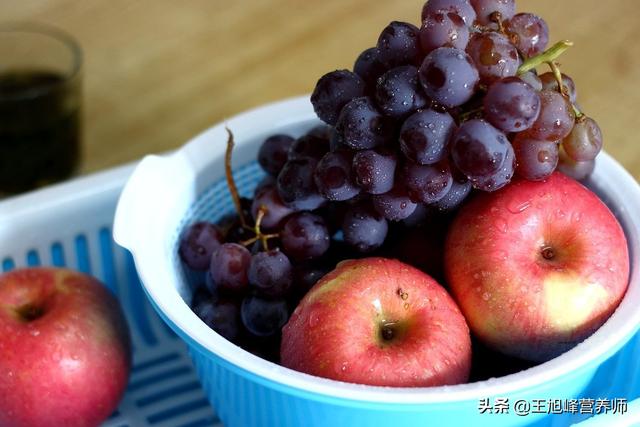
The glycemic index (GI) represents the rate of increase in blood glucose per unit of time. The higher the GI, the less suitable the food is for sugar lovers. Generally speaking, foods with a GI higher than 55 are high GI foods and are not suitable for sugar lovers. The higher the glycemic index, the less suitable the food is for sugar lovers. What about apples and papaya? Apples have a glycemic index of 38~50, which is a low glycemic index fruit and is suitable for sugar lovers. Papaya in everyone's mind should be a very sweet fruit, not very suitable for diabetics, high blood sugar patients to eat, in fact, the glycemic index of papaya is only 30 ~ 40, smoother than apples, also suitable for sugar lovers to eat. Papaya in the main sugar is "fructose", fructose metabolic pathway and glucose, sucrose and different, less impact on blood glucose, but its sweetness is glucose dozens of times, so eat up the taste is very sweet, but in fact, the rate of glycemic is not high, the two fruits are suitable for sugar lovers to eat.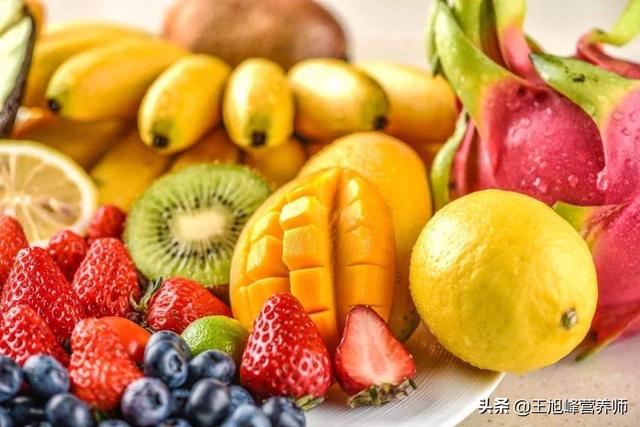
Sugar lovers can choose more fruits with slower glycemic rate and lower total sugar content, such as apples, grapefruit, kiwi, cherries, strawberries, oranges, peaches and other fruits. Avoid fruits with higher sugar content and also faster glycemic index, such as lychee, cinnamon, durian, pineapple, mangosteen, hawthorn, and fresh dates. Some and papaya similar, higher fructose content of fruits can also be appropriate to eat, such as grapes, bananas, peaches; but some glucose, sucrose-based fruits should be avoided, they may not taste sweet, but in fact, the impact on blood glucose will be greater, such as dragon fruit, lotus seed, water chestnut. However, no matter what fruit should also pay attention to the intake, the recommended one-time intake of no more than 100~150g, if the consumption of blood glucose rises faster, more exercise to assist in lowering blood sugar, usually do not want to want to eat more fruits or other refined sugar-rich confectionery foods and unauthorized increase in insulin injections or glucose-lowering drug intake.
Thanks for the invite.
Fruit for diabetics, are able to raise blood sugar, so papaya and apple that is good for blood sugar, first of all, it depends on how much to eat, in addition to when to eat; finally, we see that, relatively speaking, apples and papaya that is more suitable for diabetics.
Most fruits contain glucose, sucrose, fructose three kinds of sugar, in addition to fructose has less impact on blood glucose, glucose and sucrose is the main impact on blood glucose components, fruit to eat too much, sugar intake is too much, naturally, will affect blood sugar.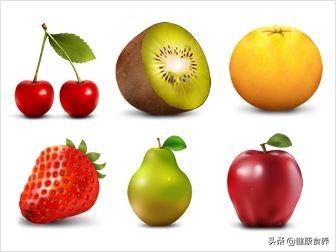
How much fruit can diabetics eat per day
Of course, diabetic blood sugar control is still ideal, eat some fruit is completely no problem. Recommended daily diabetic patients to eat 200-300g of fruit, divided into different time periods to eat, once the best not more than 100-150g.
When is it better for diabetics to eat fruits
Diabetics eat fruit time, it is best to choose between meals, hunger, or after physical activity, often available at about 10:30 am, 3:30 pm, or about 1 hour before bedtime, do not advocate eating fruit before or immediately after meals.
Eating fruits between meals, when hungry or after physical activities, can be used as a supplement of calories and nutrients. Patients who have a fast blood glucose meter at home can measure their blood glucose before and 2 hours after eating fruits, so that they can know whether they can eat this kind of fruits and whether they have eaten too much or not, and they will have a certain reference in the future.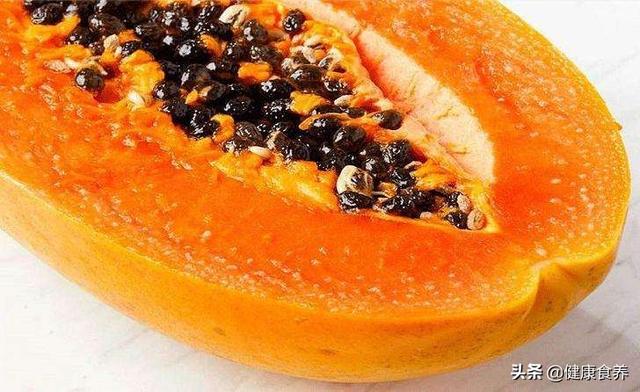
Which is better for diabetics, apples or papayas?
Finally, we look at the apple and papaya that more suitable for diabetics. For this question, we have to look at their respective glycemic index, the average apple glycemic index of 36, a little sweeter red fuji apples glycemic index can reach 43. And papaya glycemic index, the average will be 56. So if you eat the same weight of apples and papayas, of course, the greater impact on blood glucose is the papaya; in other words, that is, apples are more suitable for diabetic people to eat.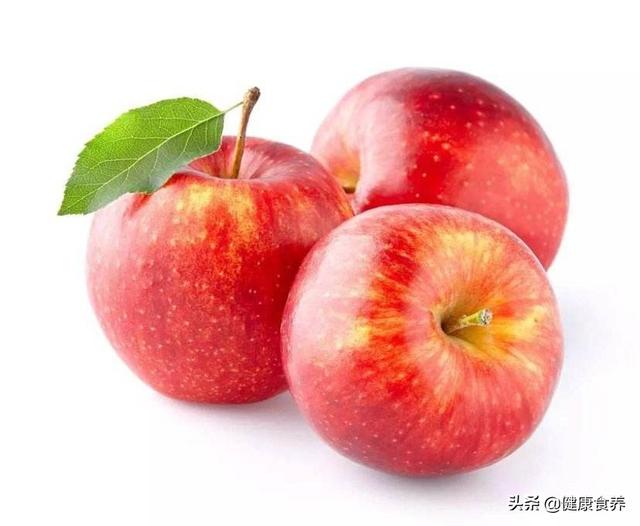 I hope my answer helped you, if you have any questions please leave them in the comment section! More nutritional health and wellness knowledge welcome to my public number.
I hope my answer helped you, if you have any questions please leave them in the comment section! More nutritional health and wellness knowledge welcome to my public number.
Diabetic patients can eat some fruits when their blood sugar control is stable, but it is important to choose some fruits with low sugar content of the first level of GI index is low, and in the important thing is the amount of control.
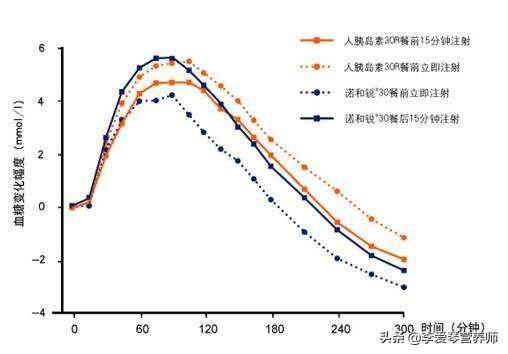
Which is better for blood sugar, apples or papaya?
In terms of basic sugar content and GI index, papaya is better than apple. Papaya has a sugar content of 7.0g/100g and a GI index of 25, while apple has a sugar content of 13.7g/100g and a GI index of 36.
However, there is another point that should not be overlooked and is very important, and that is the glycemic load, in other words, the amount of food consumed, which is very important. For example, if you eat the same amount of papaya and apple at the same time and under the same prerequisites, the effect of papaya on blood glucose may be smaller, but it is hard to say if the prerequisites are different, the time is different, and the amount eaten is different. And the exact extent of the effect needs to be experimented on.
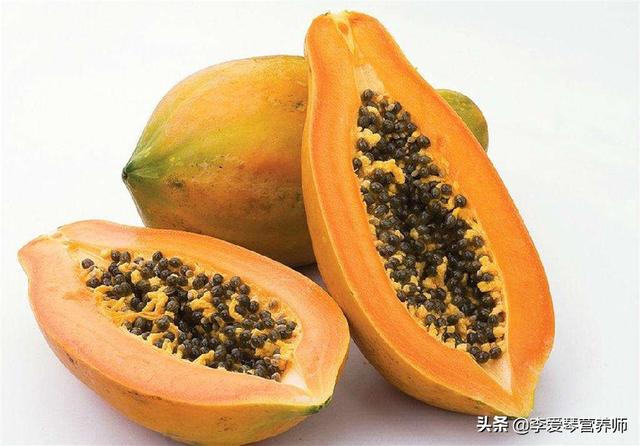
That's why it's so important for diabetics to eat fruits that.
1, need to be consumed in the state of stable blood sugar control
2, choose low GI fruits, the impact on blood sugar is relatively small
3, eating fruit can not be based on the sweetness of the taste to determine the sugar content of the fruit itself
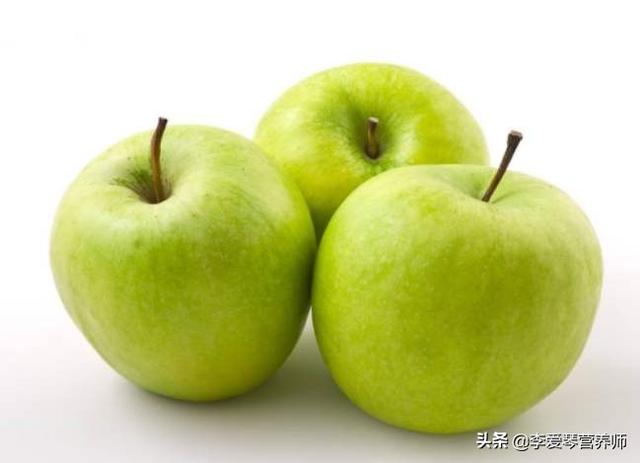
4, the time to eat fruit is best between meals as a meal to eat, can not eat a full meal and then eat fruit
5, eat fruit should also limit the amount, the best is 100 grams of fruit scattered in two back to eat.
First, fruits raise sugar but do not lower it.
Fruits generally also have fructose and glucose, and fructose for the sweet taste of the fruit will have a greater impact, is a fruit, for blood sugar is good or bad, on the one hand, depends on its own glycemic index, which is commonly known as the GI value, and on the other hand, it also depends on the content of carbohydrates in it.
We can't confirm a fruit's glycemic index simply by looking at whether or not it has a sweet flavor, because sweetness is largely dependent on the amount of fructose and is not a positive correlation with the total carbohydrate content.
No matter what kind of fruit, the main thing is to eat too much is that it will make the sugar, some of the blood sugar rise and it is impossible to play a role in lowering blood sugar or to assist in lowering blood sugar, so you must not be able to overdose on food.
Secondly, eat fruit at the right time.
For people who need to control their blood sugar, eating fruit is more recommended between meals, such as around 9:30 10:00 am or 3:30 pm.
Do this as an additional meal, so that you can keep your blood sugar at a more stable level without rising it too quickly, and don't overdo it with the amount of fruit you eat, basically just keep it to about 200 grams a day.
Third, fruit choices need to be made carefully.
Comparing apples and papayas, the carbohydrate content of apples as well as its gi value are relatively high, if you need to force a comparison, then papaya is more suitable for sugar lovers to consume. But apples are also low GI foods, and diabetics have no problem using them in moderation.
But given the general size of the apple will be relatively large, so if it is too large apple, then you can eat half of one of course, pay attention. Apples are very easy to oxidize, pay attention to the other half at the same time to share with others or choose a smaller apple, such as a control in the 150 ~ 200 grams, to avoid a one-time use of too large apples and cause blood sugar fluctuations.
Many sugar lovers are particularly concerned about fruits because they contain fructose fructose is 1.5 times sweeter than sucrose and it has a very high glycemic index.
So for people with diabetes, can't you eat apples, papayas or other fruits at all? In fact, all can eat. So how to eat the following fruit is the key to give you a little bit of science.
Be picky with your fruits Fruits should be controlled in total.
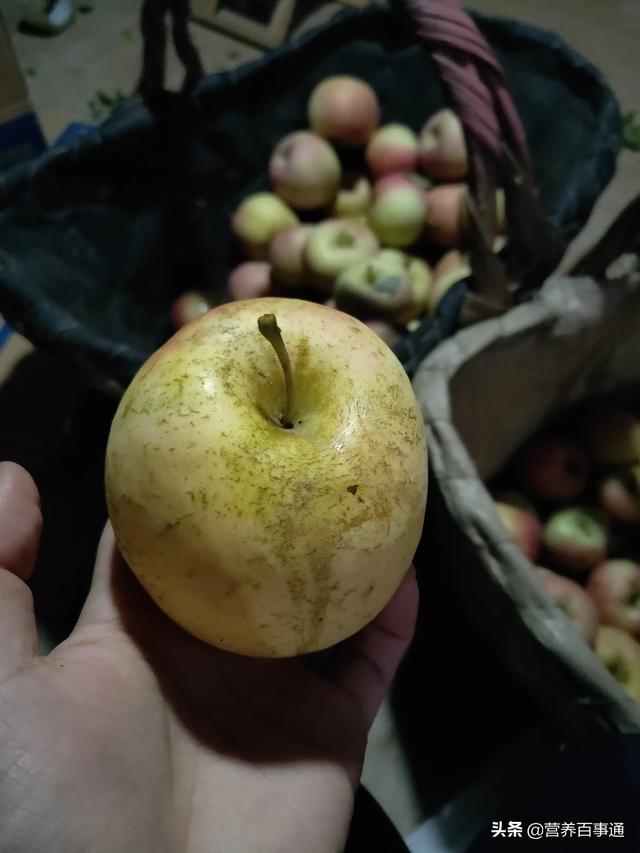
For diabetics, or people with bad blood sugar, fruit must be picked to eat fruit, to be picked to eat is to look at the glycemic index and glycemic load of the fruit.
Why look at both? The glycemic index of a fruit is what is the value that raises your blood sugar when you eat it? Then the glycemic load is the response. The concept of volume, if the upper trip index is particularly low, the volume is particularly large and the glycemic index is particularly high, the volume is very small, they are also in certain circumstances are part of the equation.
Then I'll analyze what the glycemic index of apples is, the average apple when the index is 36, then a little sweeter red Fuji apple glycemic index can reach 43.
And what about papaya, papaya is pretty high on the glycemic index. Papaya can be as high as 56 on the glycemic index.
So if you eat the same weight of apples and papayas, it is of course the papayas that have the greater impact on your blood sugar.
Author:Jiaxiu
National Level II Public Nutritionist
Registered Dietetic Technician
This question and answer are from the site users, does not represent the position of the site, such as infringement, please contact the administrator to delete.